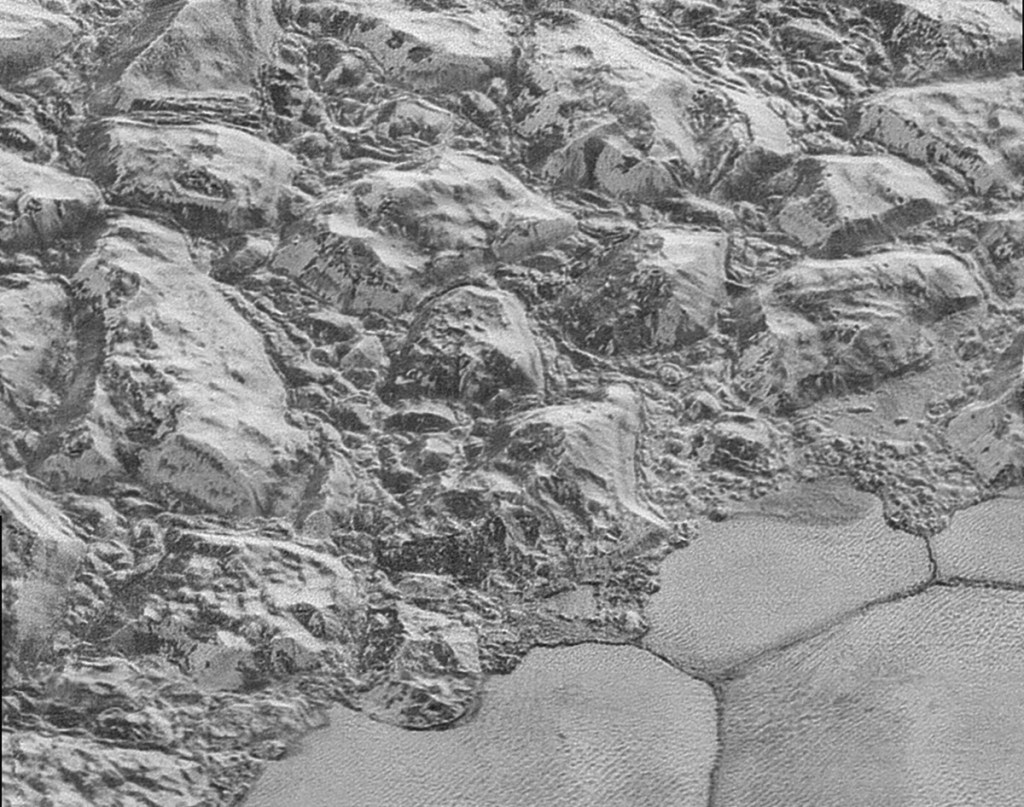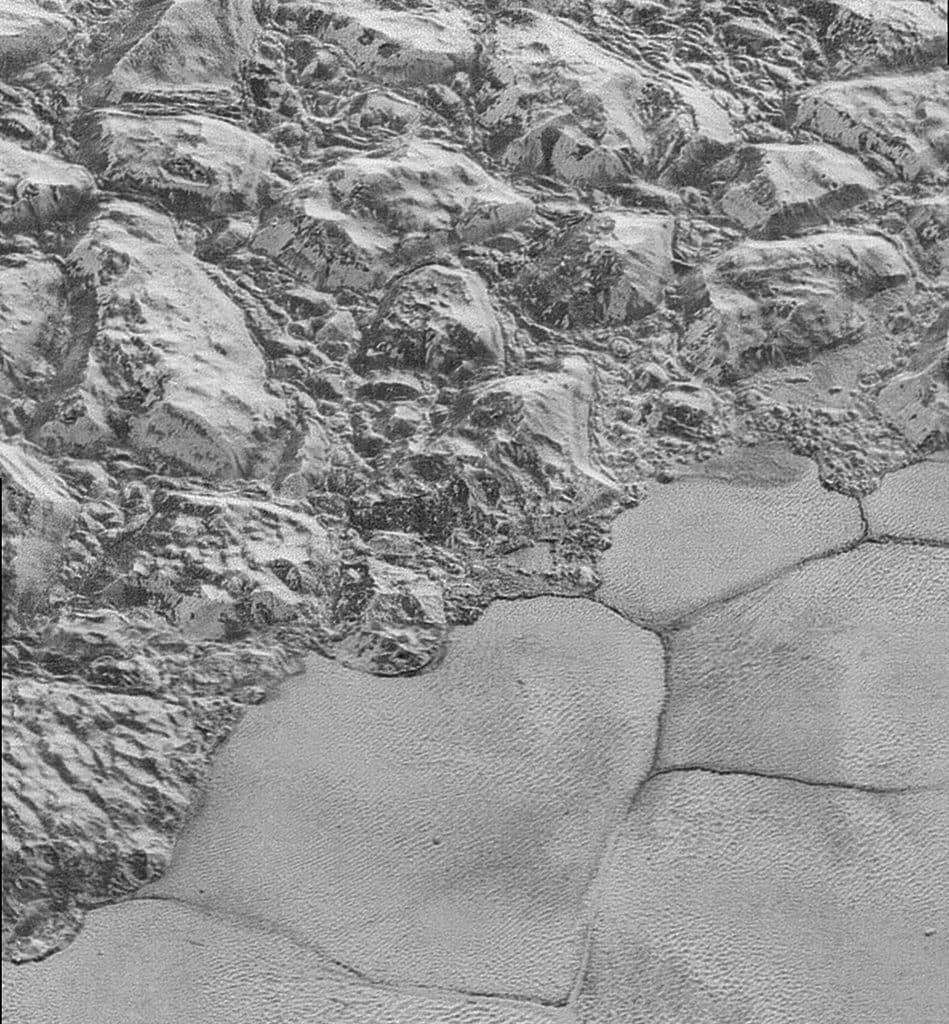By Earth’s standards, you could hardly imagine a stranger world than frigid, tiny Pluto. It resides in the far corner of the solar system at an average of about 4 billion miles from the sun. NASA’s New Horizons probe, which flew within 7,800 miles of the dwarf planet in July 2015, gave us the best look at Pluto yet. There, temperatures plunge to minus 380 degrees Fahrenheit. At Plutonian noon, the sunlight is comparable to Earth’s dusk.
But the spacecraft also uncovered Pluto’s versions of familiar geography. Like Earth, Pluto has jagged mountains, sweeping plains and changing seasons. A new study published Thursday in the journal Science reveals another feature: Pluto has dunes.
This world, where the gravity is one-sixteenth as strong as Earth’s, is “so different from our own in so many ways,” said study author Matthew Telfer, an expert in physical geography at Britain’s University of Plymouth. But the dunes, he said, show that Pluto “is actually so similar.”
NASA released New Horizons images shortly after the flyby, including an iconic picture of a heart-shaped basin on Pluto. In the western lobe of that heart, a plain called Sputnik Planitia, Telfer and other scientists spotted something peculiar.
Where Sputnik Planitia approaches mountains of ice, its surface ripples. To Telfer, those ripples looked like windswept sand – a bit of a puzzle, because scientists weren’t sure if Pluto’s thin atmosphere could muster enough wind for sweeping.
Pluto’s dunes rise to about 100 feet, roughly as high as the Mesquite Flat Dunes in Death Valley National Park. Streaks on the surface indicate the wind blows in a perpendicular direction to the dunes.
Copy the Story LinkSend questions/comments to the editors.




Success. Please wait for the page to reload. If the page does not reload within 5 seconds, please refresh the page.
Enter your email and password to access comments.
Hi, to comment on stories you must . This profile is in addition to your subscription and website login.
Already have a commenting profile? .
Invalid username/password.
Please check your email to confirm and complete your registration.
Only subscribers are eligible to post comments. Please subscribe or login first for digital access. Here’s why.
Use the form below to reset your password. When you've submitted your account email, we will send an email with a reset code.